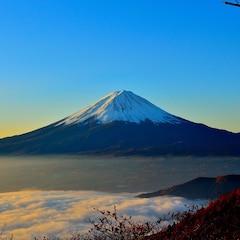Experimenting with Japanese Dyeing Techniques
That’s why I was more than thrilled when Tokyo Survival Channel invited me to participate in a natural dyeing workshop with Maito Design Works and challenged me to try the traditional dyeing technique at home.
By Tokyo Survival ChannelWhen I was a kid, winter used to be a special time. It was when my siblings and I could wear personalized sweaters and accessories that were knitted by our mother and grandmother. Partly because of this, I developed an appreciation for handwoven fabrics, organic cotton, and natural dyes that not only contribute towards sustainable fashion but also have a deep personal connection to tradition and community.
About Maito Design Works
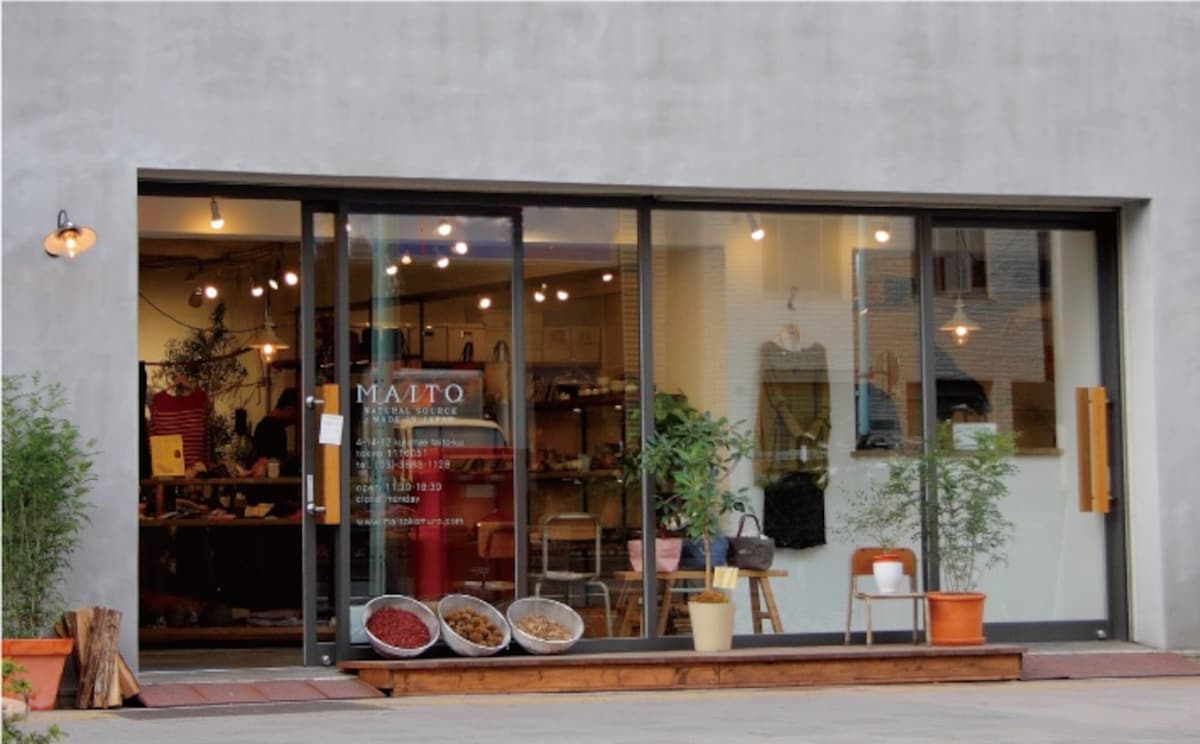
https://maitokomuro.com/
Before I begin sharing my experience with natural dyeing, let’s get to know a little bit about Maito Design Works, named after the company’s founder Maito Komuro.
Natural dyeing, nature, and ‘itohen’ (textile industry) are very close to Maito’s heart, which is why he started his brand “MAITO” — to bring to life his passion for traditional techniques and organic fabrics, and share these creations with fashion enthusiasts who appreciate living a sustainable lifestyle.
Maito’s first experiences were at his family’s natural dyeing studio (Koubou Yumezaiku), and today he still implements the same values in his creations that are made with the support of skilled craftsmen from all across Japan.
Apart from designing one-of-a-kind fashion accessories and apparel, Maito also conducts natural dyeing workshops for those who wish to learn the art of dyeing fabrics using elements from nature.
Learning Japanese Dyeing Techniques with Maito Komuro
Maito’s namesake atelier shop, located to the east of Ueno Station in Kuramae, is where all the magic happened. The store entrance radiated an earthy, appeasing vibe that made me feel more confident about all that I was about to experience in the next couple of hours.
While I had heard and read a lot about natural dyeing in India, this was my first time experiencing the whole process in person.
After the initial introduction about his brand and line of work, it was quite evident that Maito is very passionate about natural fabrics and dyes. Honestly, in today’s fast-fashion world, it’s refreshing to see a designer who is zealous about keeping old traditions alive and collaborating with local craftsmen to promote ethical consumerism.
Before we began with the natural dyeing process, we got a chance to go through the store and learn about his creations. I was more curious about the sourcing of the fabrics as I was in awe of their soft texture and wondered if they were ethically produced as well. That’s when Maito explained that he tries his best to source all the organic raw material and textiles from local craftsmen who follow sustainable manufacturing practices.
Then, we learned about the natural dyes that are derived from various elements of nature. It’s fascinating to know that there are so many colors that you can get from nature in such variations that look and feel far better than industrial-dyed fabrics. Also, using natural dyes is one of the simplest ways to contribute to nature as doing so helps save the environment from hazardous synthetic dyes.

And, as I absolutely love cherry blossom season in Japan, I was so delighted to find that Maito preserves sakura flowers by using them to dye his creations, letting you enjoy the beauty of the season throughout the year (like the scarf above).
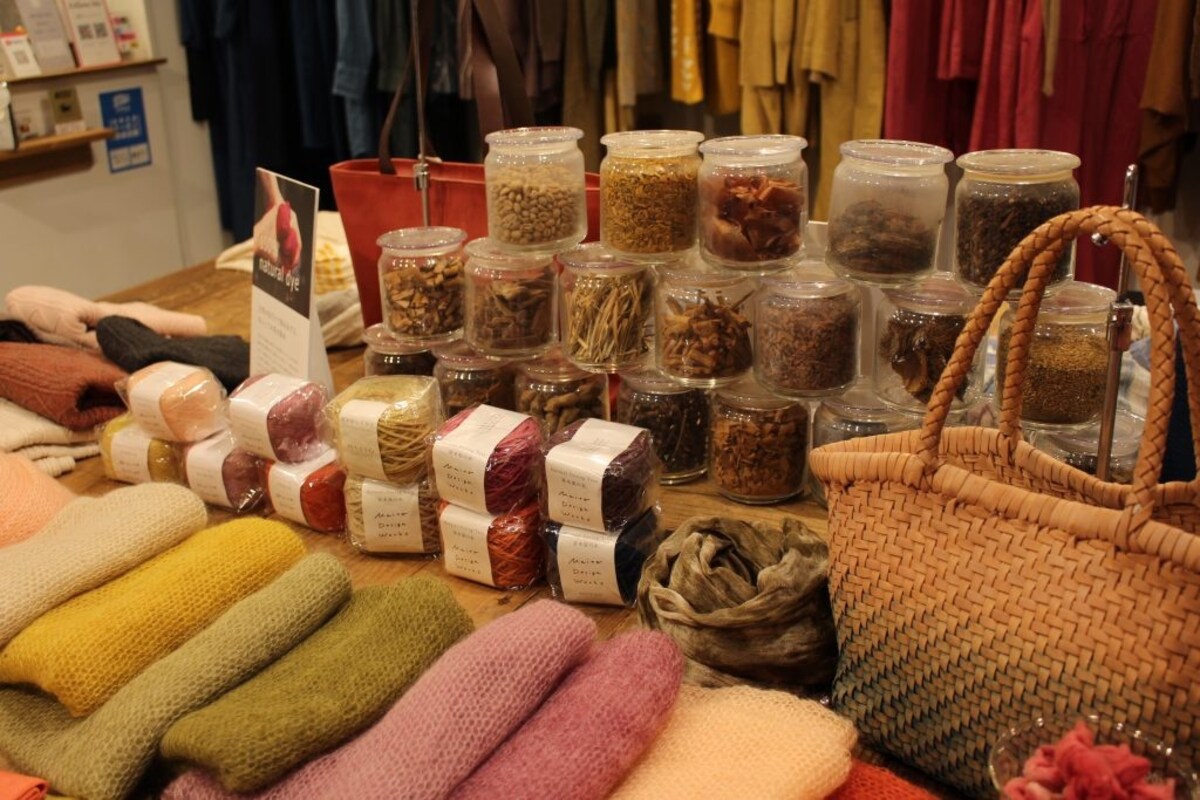
Maito also sources dyes from plants like betel nuts, pomegranates, onios, chestnuts, and the famous Japanese indigo plant.

So, now it was time to see how these naturally derived dyes interact with fabric. And Maito very kindly agreed to give us a peek at his studio where all the action happens.
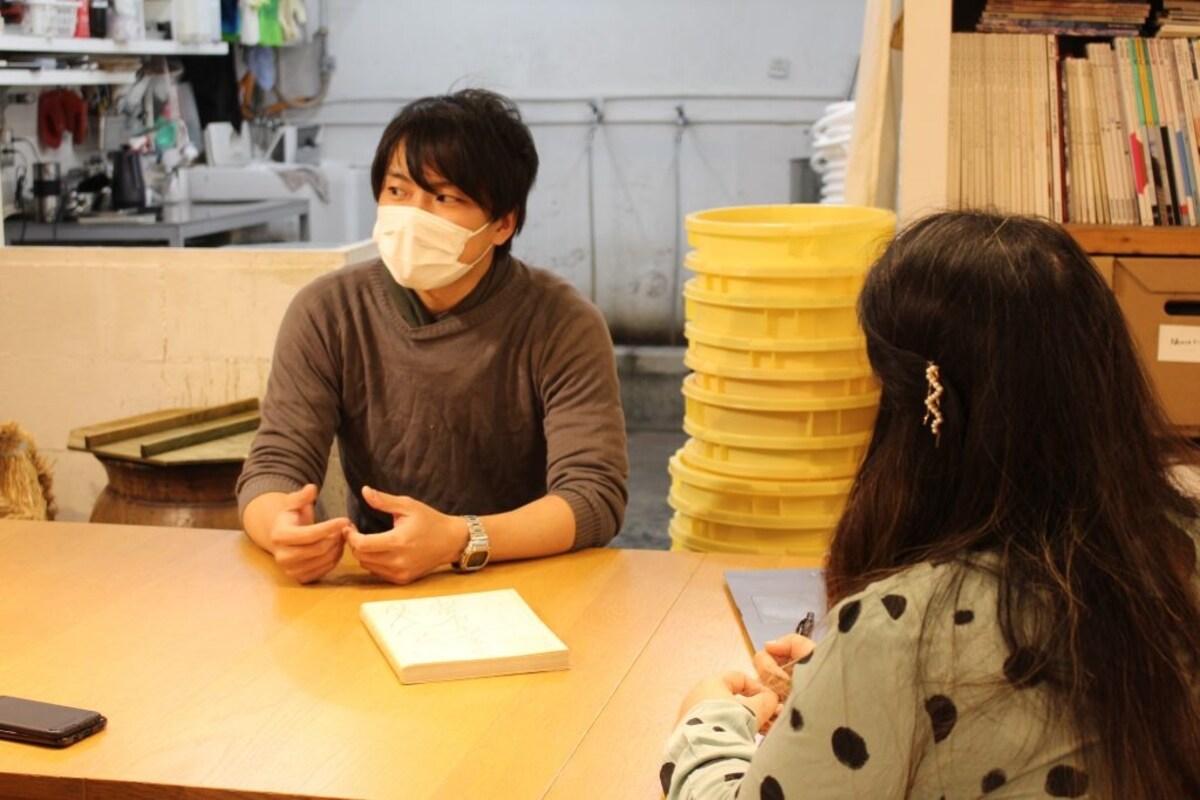
It seemed like I was back in school watching my teacher perform a science experiment as I took notes for my homework challenge.
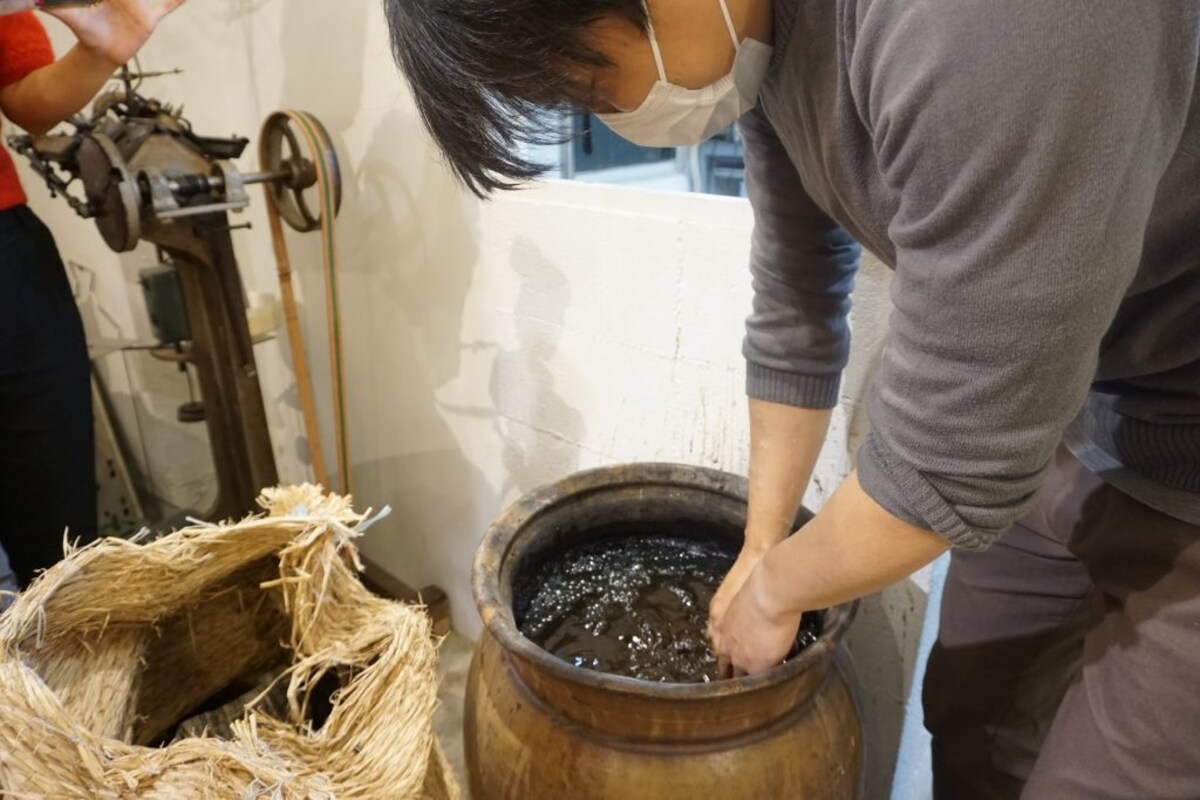
What we saw first were two large drums filled with a dark-colored liquid that smelled interesting (we learned later that it was the bacteria doing its job). Maito explained that it was an alkaline mixture that’s usually kept for two weeks to make the bacteria stronger, by serving it sake and sugar (lucky bacteria, no?).


